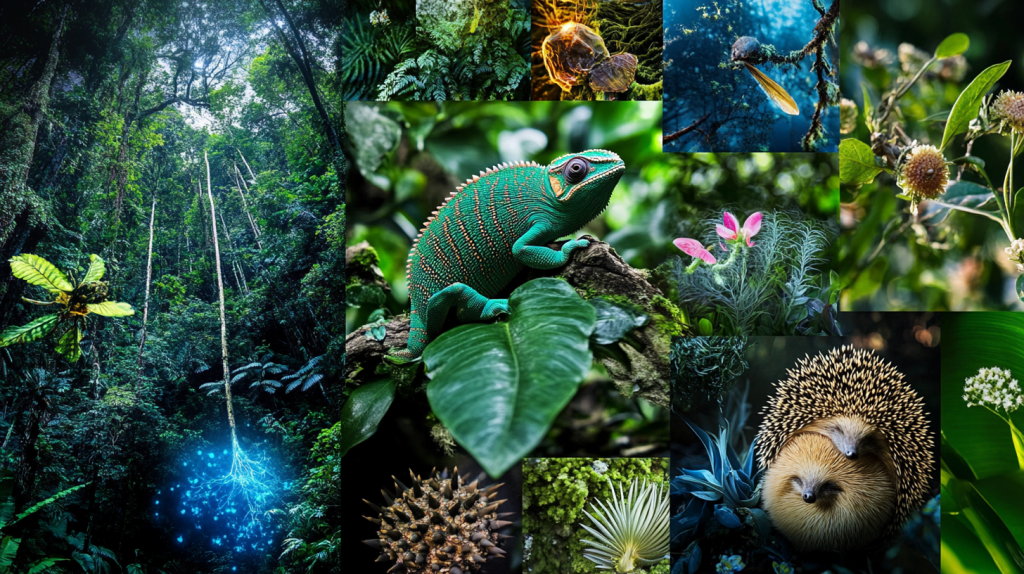Nature is a master at self-preservation, employing remarkable strategies to ensure its survival and, in turn, ours. From intricate plant defenses to animal behaviors, here are 12 incredible ways nature protects itself and us.
1. Camouflage
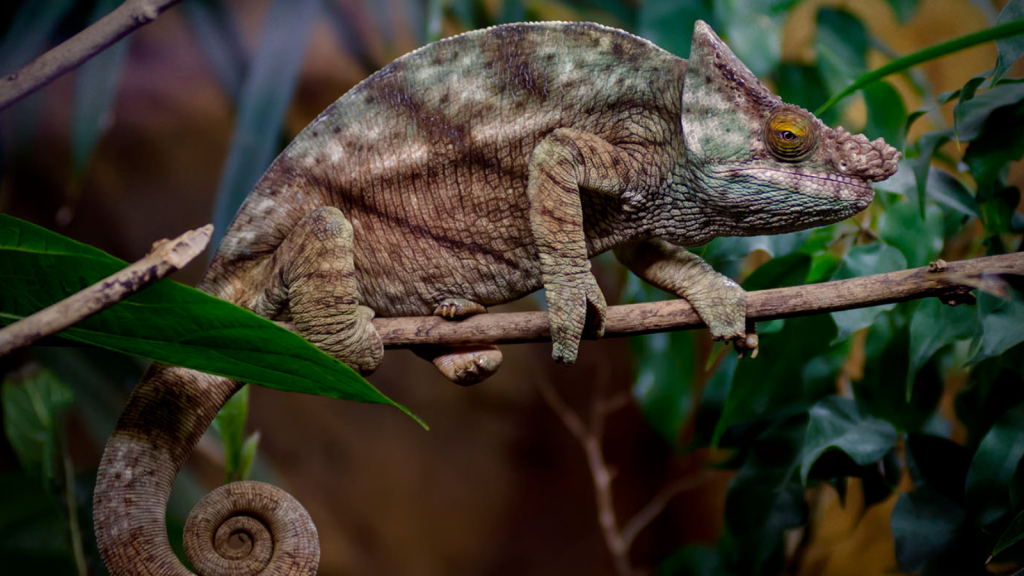
Many animals use camouflage to blend into their surroundings, making it hard for predators to spot them. For example, chameleons can change their color to match their environment, while stick insects resemble twigs. This ability helps them avoid becoming prey, ensuring their survival and maintaining ecological balance.
2. Mimicry
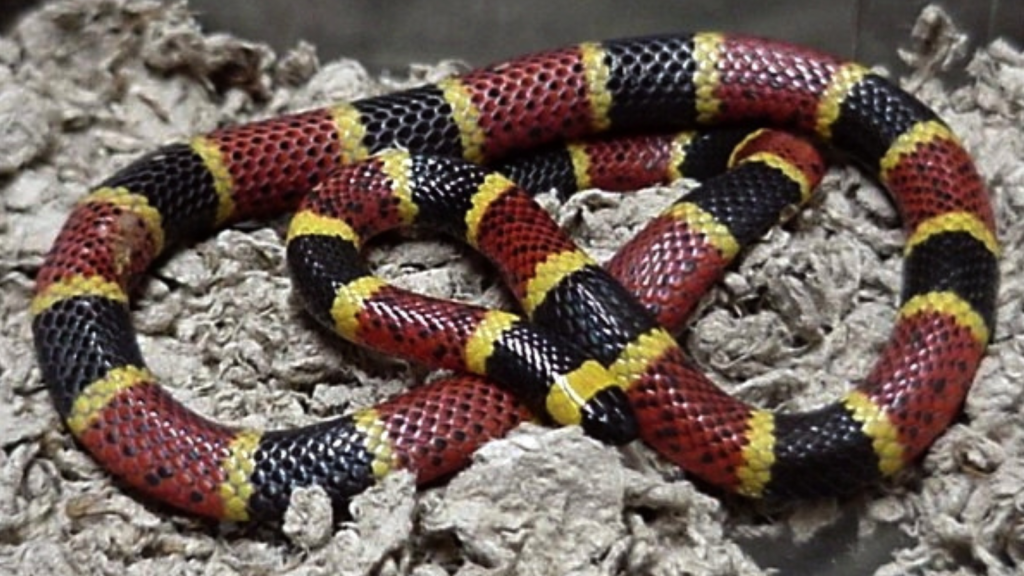
Some species imitate others to avoid predators. The harmless king snake, for instance, mimics the venomous coral snake’s coloring. This deception tricks predators into thinking they’re dangerous, keeping them safe. Mimicry is a clever survival tactic that highlights nature’s adaptability.
3. Chemical Defenses
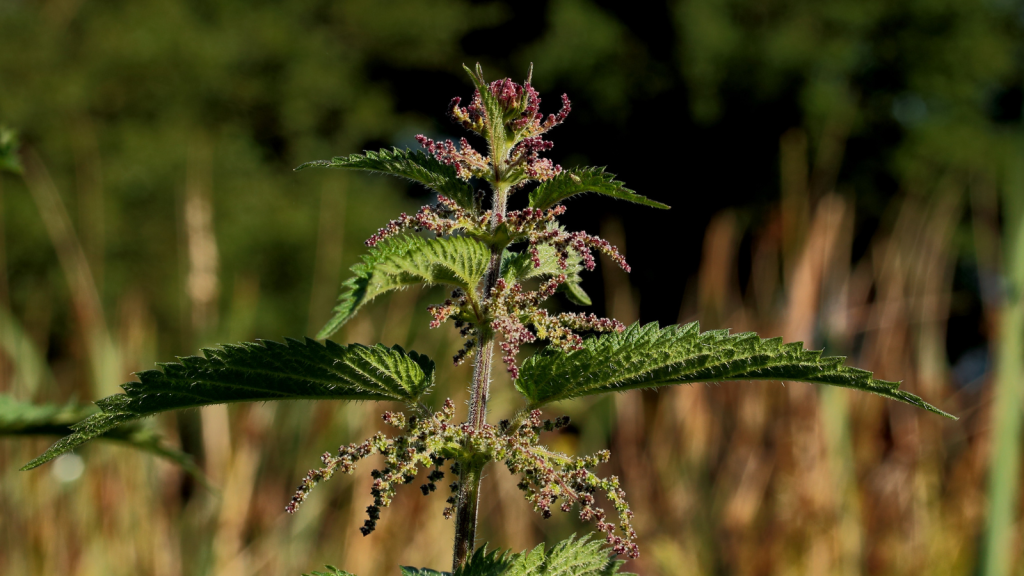
Plants and animals often produce chemicals to deter attackers. Stinging nettles have tiny hairs filled with irritating chemicals, while monarch butterflies store toxins from milkweed plants in their bodies. These defenses can cause pain or illness to predators, discouraging them from attacking.
4. Mutualism
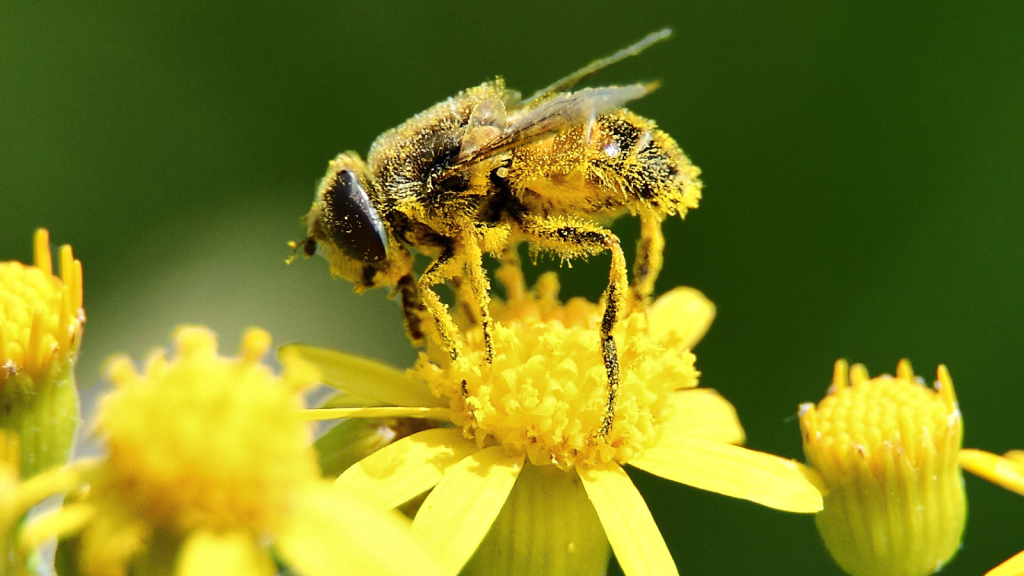
Many organisms form mutually beneficial relationships. For instance, bees pollinate flowers while collecting nectar, aiding plant reproduction. Clownfish and sea anemones protect each other from predators. These partnerships enhance survival and promote a thriving ecosystem.
5. Warning Colors
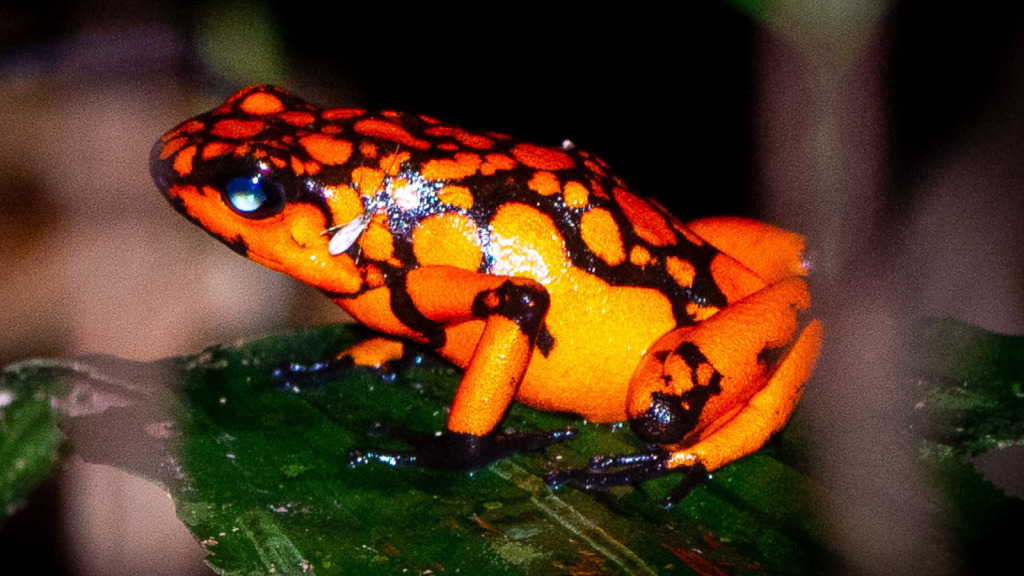
Bright colors often signal danger in the animal kingdom. Poison dart frogs, with their vibrant hues, warn predators of their toxicity. This visual cue helps predators learn to avoid them, providing a layer of protection. Warning colors are an effective way to communicate danger in nature.
6. Hibernation
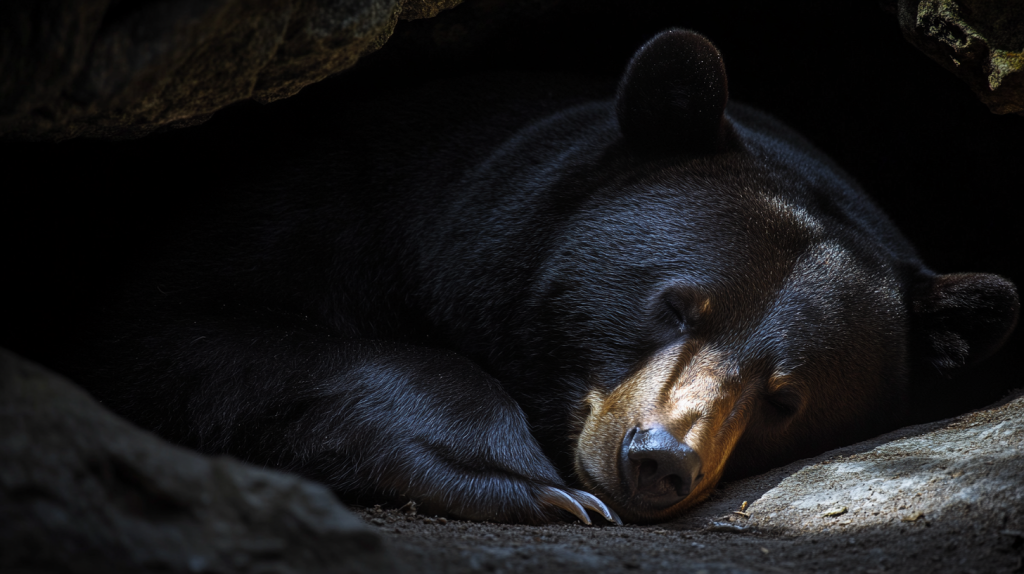
Hibernation allows animals to survive harsh conditions by slowing their metabolism. Bears, for example, hibernate during winter, conserving energy when food is scarce. This adaptation not only helps them survive but also ensures the species continues to thrive despite seasonal challenges.
7. Antifreeze Proteins
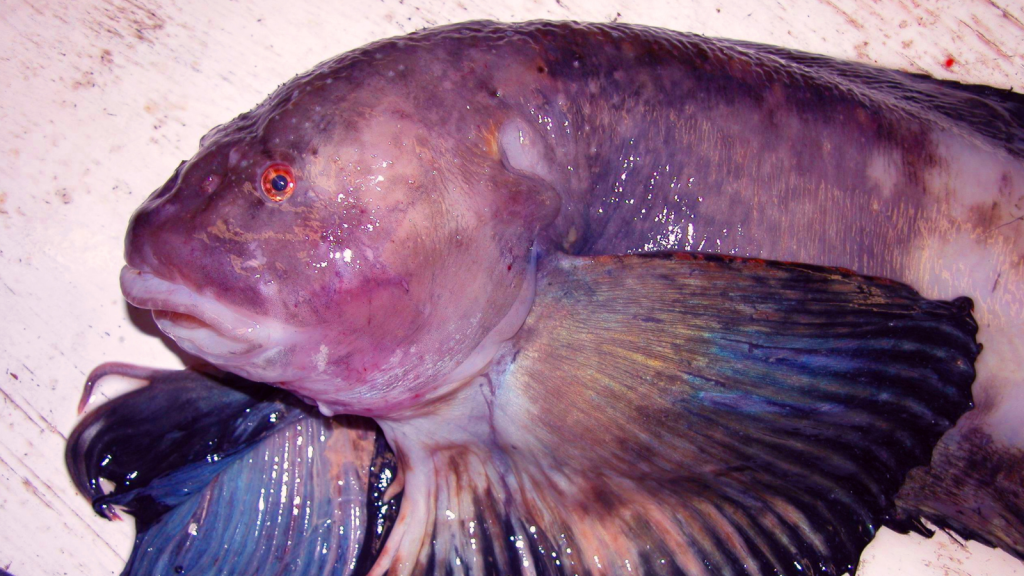
Certain fish and insects produce antifreeze proteins to survive freezing temperatures. These proteins prevent ice crystals from forming in their bodies, allowing them to live in extremely cold environments. This remarkable adaptation showcases nature’s ingenuity in facing extreme conditions.
8. Protective Structures
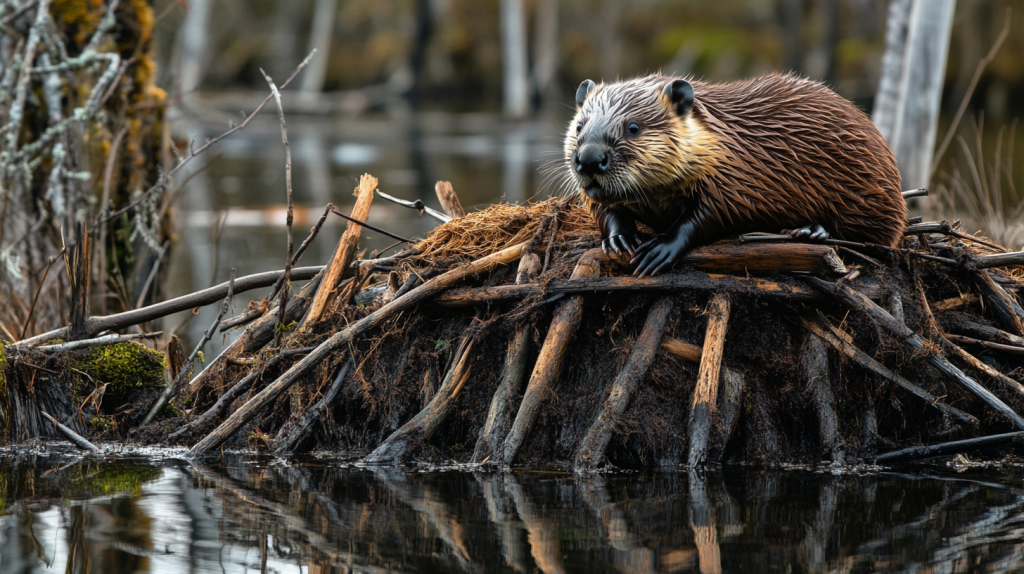
Many animals build structures for protection. Beavers construct dams and lodges to create safe habitats, while birds build nests to safeguard their eggs. These structures provide shelter from predators and harsh weather, ensuring the survival of their inhabitants.
9. Nocturnal Behavior
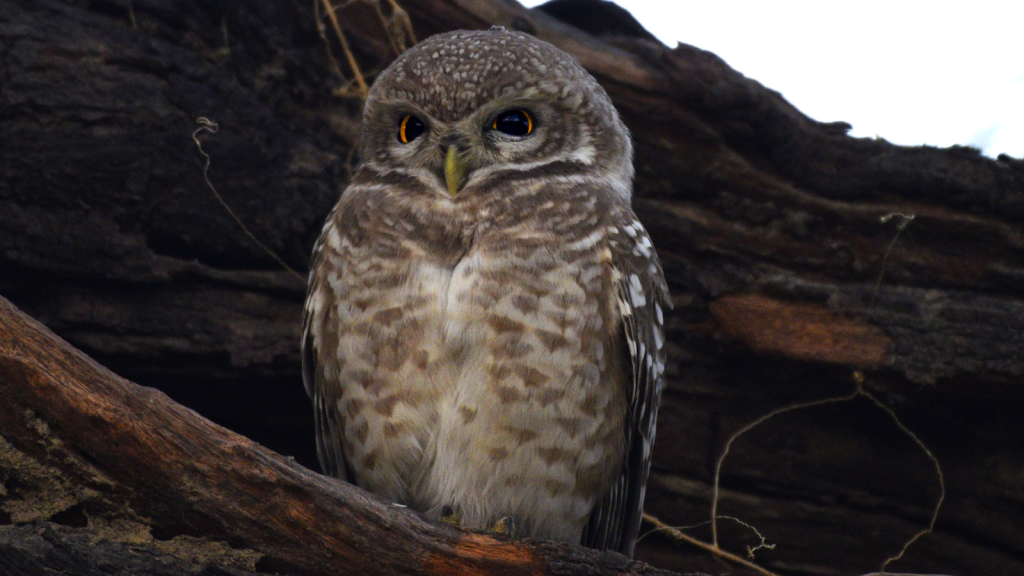
Some species are active at night to avoid daytime predators. Owls, bats, and certain insects have adapted to nocturnal life, using the cover of darkness for hunting and foraging. This behavior reduces competition and predation, increasing their chances of survival.
10. Thorns and Spines
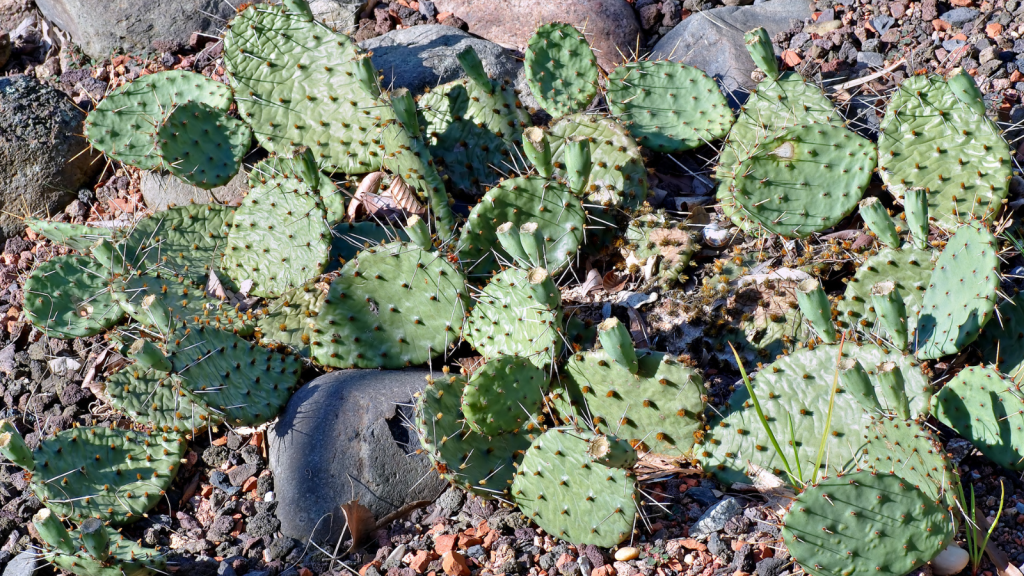
Plants often grow thorns and spines to protect themselves from herbivores. Cacti have sharp spines that deter animals from eating them, while roses have thorns along their stems. These physical defenses help plants survive and thrive despite the threat of being eaten.
11. Regeneration
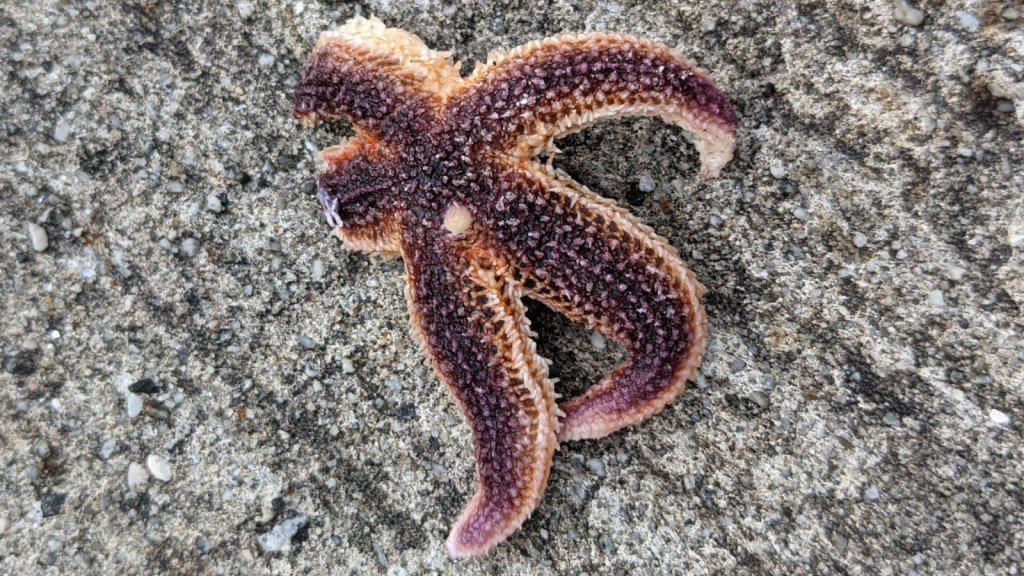
Some animals can regenerate lost body parts. Starfish, for example, can regrow lost arms, and lizards can regrow their tails. This ability to regenerate not only helps them escape predators but also ensures their continued survival and reproduction.
12. Seasonal Migration
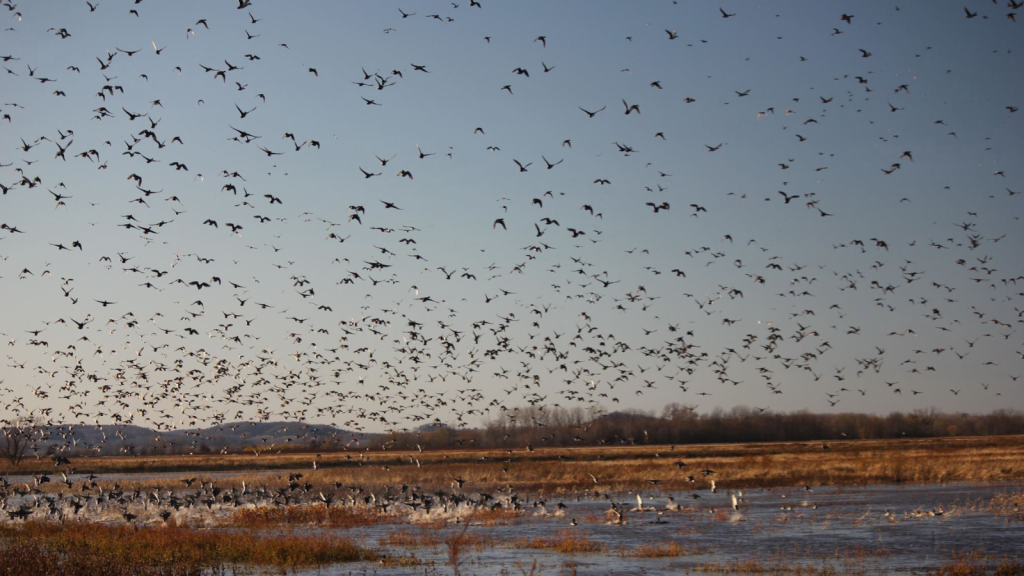
Many animals migrate to find better living conditions and resources. Birds often travel thousands of miles to reach warmer climates during winter. This behavior helps them avoid harsh weather and ensures they have enough food, aiding their survival and maintaining the species.
Nature’s Defense Strategies
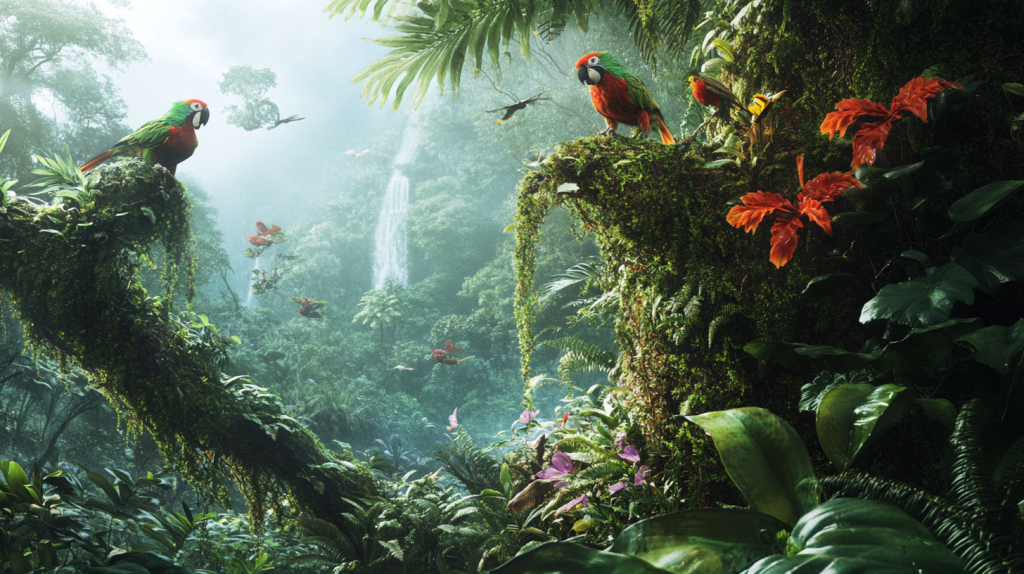
Nature’s protective mechanisms are truly awe-inspiring, showcasing the incredible resilience and adaptability of life on Earth. These strategies not only safeguard nature itself but also help maintain the delicate balance of our ecosystems, ultimately benefiting us all.
Ellen has been obsessed with logic puzzles, jigsaws, and cryptograms since she was a kid. After learning she was taught how to play chess wrong by a family friend (so they could win), she joined her school chess club and the rest is history.
